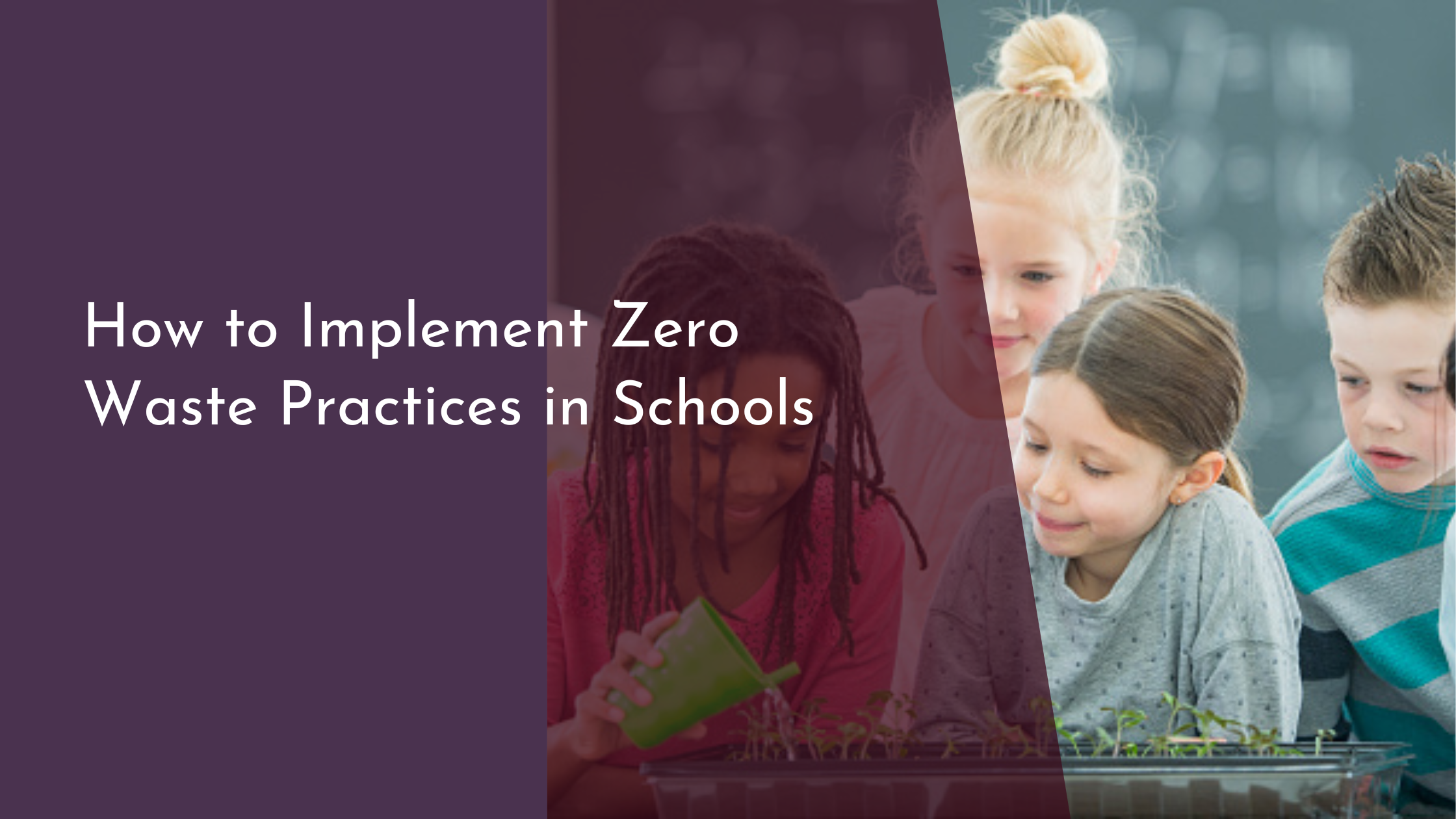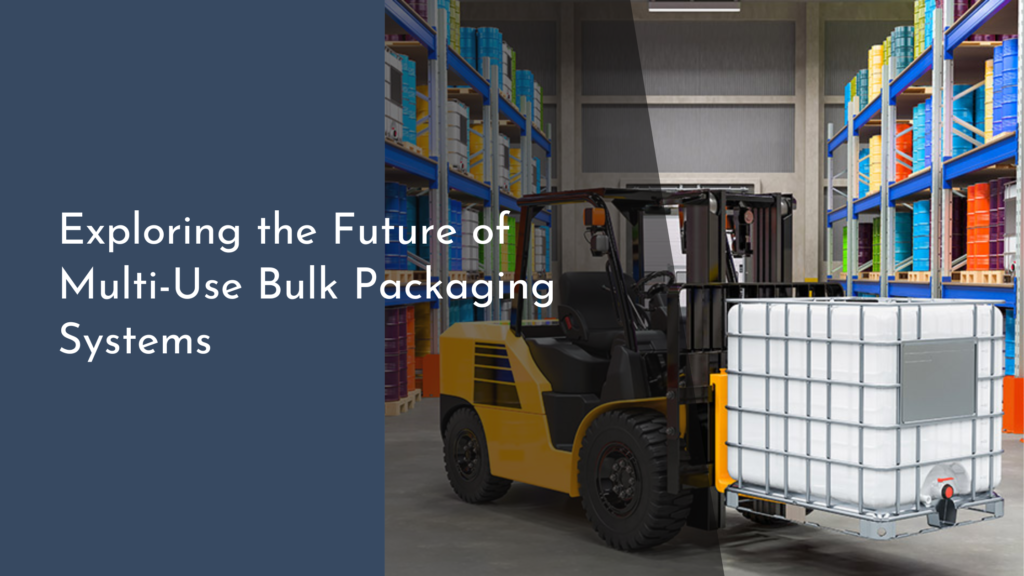How to Implement Zero Waste Practices in Schools
Schools are a cornerstone of communities, shaping the thinkers and leaders of tomorrow. With the growing awareness of environmental issues, implementing zero waste practices in schools is not just a trend, but a necessity. By adopting sustainable practices, schools can significantly reduce their environmental footprint, inspire students, and lead the way in promoting a cleaner, greener planet. This article explores how schools can embrace the zero waste philosophy, practical steps to reduce waste, the importance of engaging students and staff, and the value of monitoring progress and celebrating success.
Understanding the Zero Waste Philosophy
Zero waste is a holistic approach aimed at reducing and eventually eliminating waste, ensuring that resources are reused, recycled, or composted instead of ending up in landfills or incinerators. This philosophy goes beyond mere recycling; it’s about redesigning our systems and processes to prevent waste from being created in the first place. In the context of schools, zero waste involves rethinking everyday activities and operations to minimize waste production, which not only benefits the environment but also educates students about responsible consumption and environmental stewardship.
Adopting zero waste practices in schools begins with understanding the lifecycle of products and resources. It involves assessing the types of waste generated within the school environment, such as paper, plastics, food waste, and electronic waste, and identifying opportunities for reduction. Schools can foster a culture of sustainability by incorporating the principles of reduce, reuse, recycle, and rethink into their curriculum and day-to-day operations, creating a learning environment that reflects the values of environmental responsibility.
Practical Steps for Waste Reduction in Schools
To move towards zero waste, schools can start by conducting a waste audit to identify the main sources and types of waste generated. This audit provides valuable insights, allowing the school to prioritize areas for waste reduction. For instance, schools can implement paper reduction strategies by encouraging digital assignments and communications, utilizing both sides of paper, and setting printers to default double-sided printing. Additionally, establishing a recycling program for paper, plastics, glass, and metals can significantly decrease the amount of waste sent to landfills.
Another practical step is to address food waste, which is a significant issue in many schools. Schools can implement composting programs for organic waste generated in cafeterias and encourage students to participate in the process. Moreover, partnering with local food banks to donate surplus food can help reduce waste while supporting the community. Encouraging waste-free lunch practices, where students bring reusable containers and utensils, can further reduce packaging waste and promote sustainable habits.
Engaging Students and Staff in Sustainability
Engaging students and staff in sustainability efforts is crucial for the success of a zero waste program. Schools can create green teams or eco-clubs that involve students and staff in planning and implementing waste reduction initiatives. These teams can lead educational campaigns, organize events, and conduct workshops to raise awareness about the importance of zero waste practices. By involving the school community in decision-making processes, schools can foster a sense of ownership and responsibility towards sustainability initiatives.
Incorporating sustainability into the curriculum is another effective way to engage students. Lessons on environmental science, the impact of waste on ecosystems, and the benefits of sustainable practices can motivate students to adopt eco-friendly habits. Experiential learning projects, such as creating a school garden or participating in local clean-up activities, provide hands-on experience and reinforce the connection between academic learning and real-world environmental issues. Through these efforts, students can become sustainability advocates, influencing their peers and families beyond the school environment.
Monitoring Progress and Celebrating Success
To ensure the effectiveness of zero waste practices, schools need to establish systems for monitoring progress. This can involve setting measurable goals, such as reducing waste by a certain percentage over a specified period, and regularly tracking waste outputs. Schools can use data from waste audits and recycling programs to evaluate progress and identify areas for improvement. Incorporating feedback from students and staff can also provide valuable insights into the strengths and challenges of the zero waste initiatives.
Celebrating success is an essential component of maintaining momentum and enthusiasm for sustainability efforts. Schools can host events to recognize the achievements of students, staff, and the community in reaching waste reduction goals. Awards, certificates, and public acknowledgments serve as motivation and encourage continued participation in zero waste practices. By sharing success stories, schools can inspire other institutions to adopt similar practices, creating a ripple effect that extends beyond the school itself.
Implementing zero waste practices in schools is a powerful way to contribute to environmental sustainability while educating and inspiring the next generation. By understanding the zero waste philosophy, taking practical steps to reduce waste, engaging the school community, and monitoring progress, schools can create a culture of sustainability that benefits both the planet and its inhabitants. As schools celebrate their successes, they not only reduce their environmental impact but also set an example for others to follow, fostering a more sustainable future for all.


